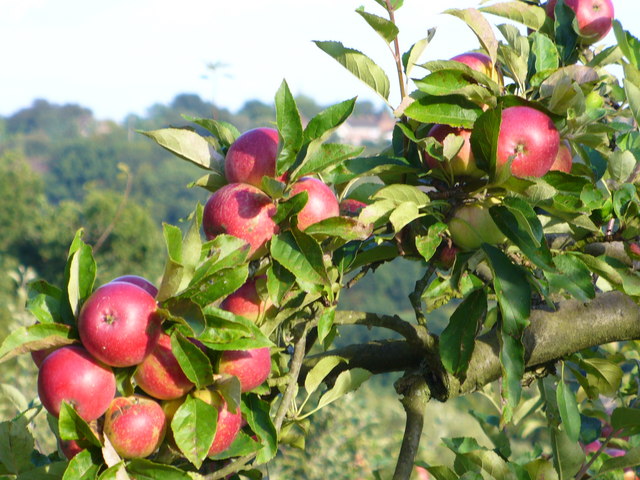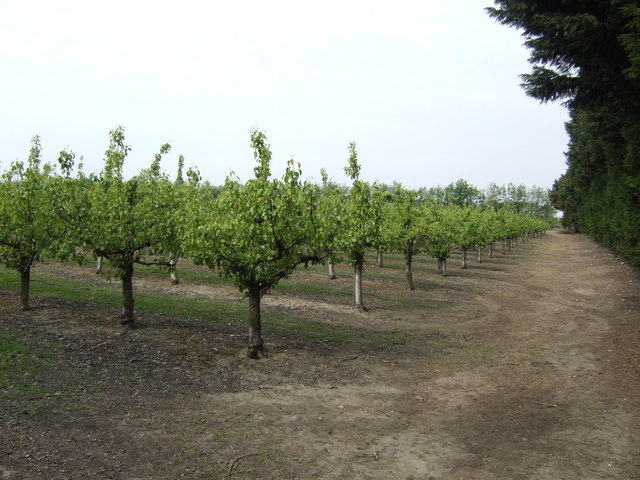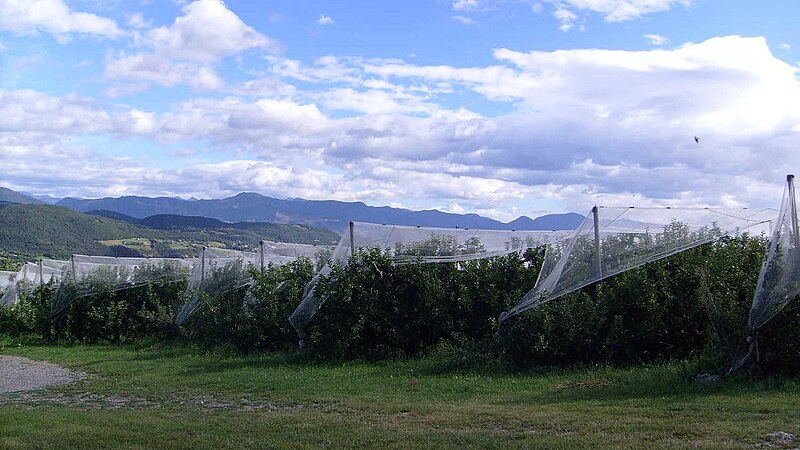 |
| Wheat harvest by Jim Choate |
Whatever your thoughts about Brexit, one thing most agree on is that it offers an opportunity to rethink how we in the UK look after our agricultural land. The Common Agricultural Policy (CAP) has long been a source of resentment. It accounts for 40% of the EU budget yet has systematically failed to address, in some cases even exacerbated, the biggest concerns in European agriculture. Unlike most transnational sectoral market correction schemes, even much of the general public are aware of its shortcomings.
CAP is formed of 2 pillars. Pillar 1, which accounts for the 70% money spent, is simply a payment for land owned. The more land you own, the more money you get. This promotes large-scale mono-cropping, and acts as a rigid barrier to entry for young would-be farmers. Pillar 2 makes up the rest of CAP’s budget and consists of agri-environment schemes. Whilst well intentioned, Pillar 2 promotes an agricultural divide, where some land is responsibly stewarded while other land is intensively farmed. It is not the most efficient or effective means of improving the state of our land.
Public money for public goods
Michael Gove made a lot of enemies whilst at the Department for Education. However, since being appointed Minister for the Environment, he appears to have bucked the trend of expert-bashing. The government’s 25 Year Green Plan talks a very good talk – it’s a re-affirmation of the government’s laudable aim of leaving the environment in a better state than they found it, following on from the Lawton principles – but fails to walk the walk. There is much rhetoric, but very little explanation as to how goals will be met.
One consistent theme is that of spending public money on public goods. What this means is that tax-payers money should only be used to pay for the goods and services which are ‘consumed’ but for which there is currently not market. It is a way of addressing the tragedy of the commons argument, whereby, in pursuit of personal gain, individuals neglect that which they rely on for that gain, to the detriment of all.
 |
| Lake District by Les Haines |
The Lake District as we know it has been shaped by generations of upland sheep farming. This practise offers extremely marginal returns, but many would agree there is a huge (but hard to quantify) value to the landscape of the Lake District. Public money should be spent to support such farmers.
In a post-Brexit landscape, there will be many competing demands on the public purse. The challenge, then, is to find alternative sources with which to finance the provision of these services provided by natural ecosystems.
Payments for Ecosystem Services
It is exceptionally difficult to put a value on nature. A market is needed through which farmers can ‘sell’ the services the land they own is able to provide, and beneficiaries of these services can purchase them. In many cases, one service may be provided by many land-owners, a single piece of land may provide many services, and there may be many consumers of each of these services. Clearly, this represents a complicated market structure.
But we can’t shy away from the task. The West of England Nature Partnership, as well as Green Alliance and the National Trust, have conceptualised a system through which such transactions can take place. Functioning as a sort of Green Investment Bank, an institution will package the suggested provision of a consortium of land-owners (for instance, the planting of woodland) for sale to a consortium of buyers. This might include water companies who benefit from cleaner water, Wildlife Trusts with a remit of improving the local access to nature, and developers with a requirement to offset/mitigate the impacts of their development.
In a similar light, Wessex Water have an online platform via which farmers can bid for money in return for adopting more sustainable farming practices. This system directly reduces the cost of water purification for the Water Company, acts as an incentive for good practice to the landowner, and provides landscape and wildlife benefits for the local population – a win-win-win.
Clearly its easier to pay farmers per hectare of land owner. But with the growing demands placed on our environment, and an increasing understanding of our reliance on it, such a system as described here could radically alter the terminal decline of Britain’s natural capital.
————————
This blog was written by Matthew Whitney who is currently studying an MSc in Environmental Policy and Management at the University of Bristol.
 |
| Matthew Whitney |




